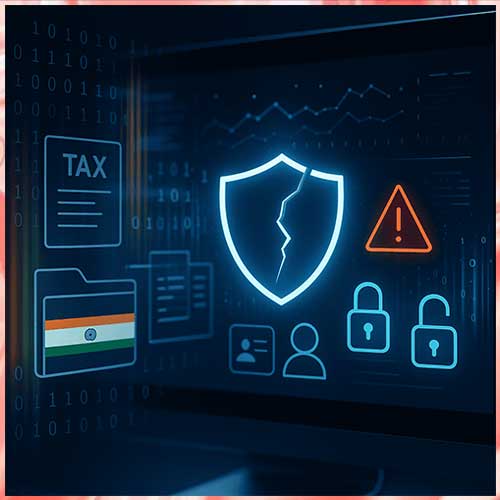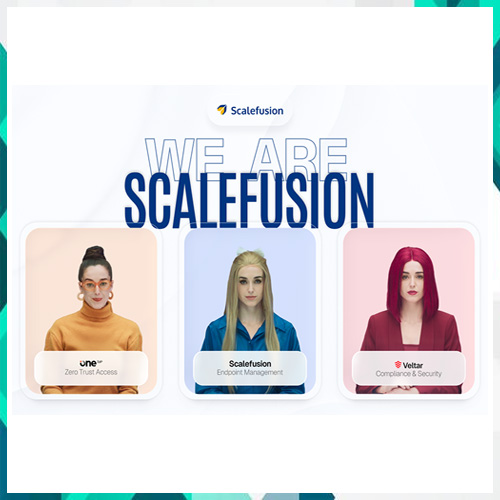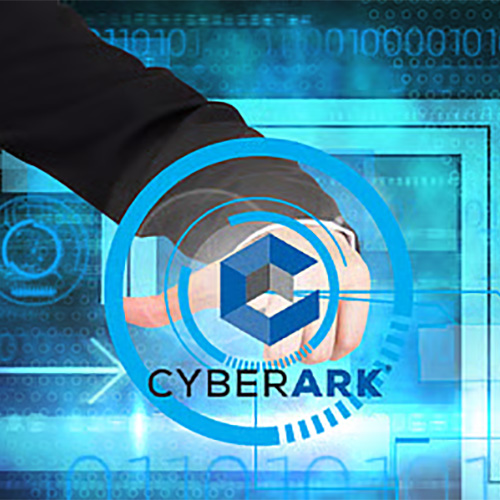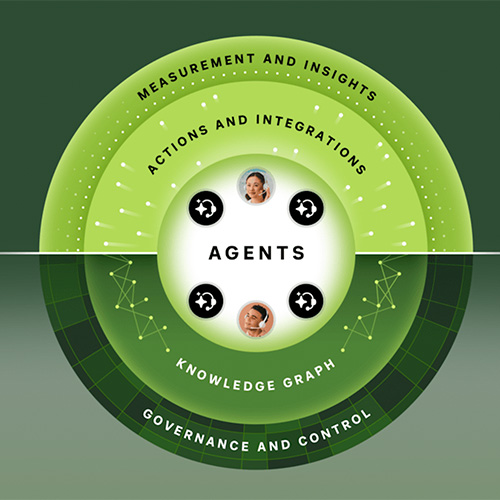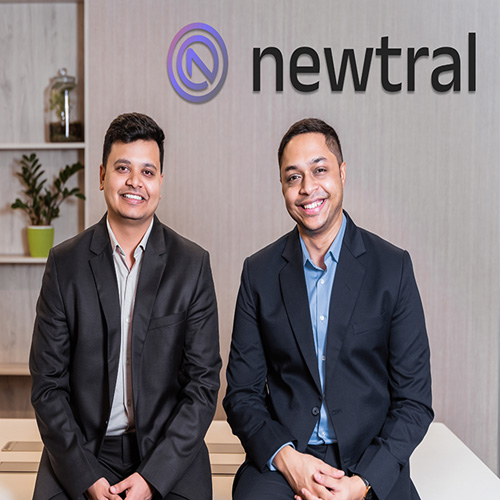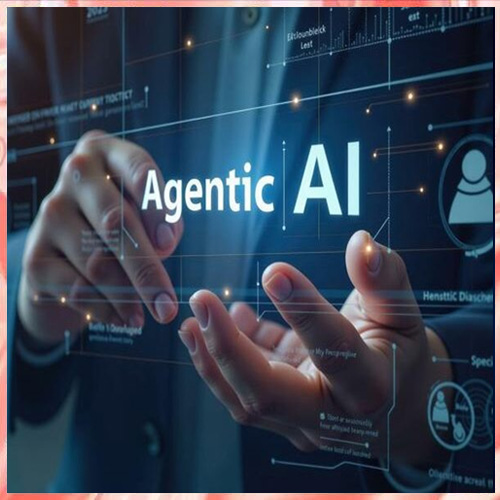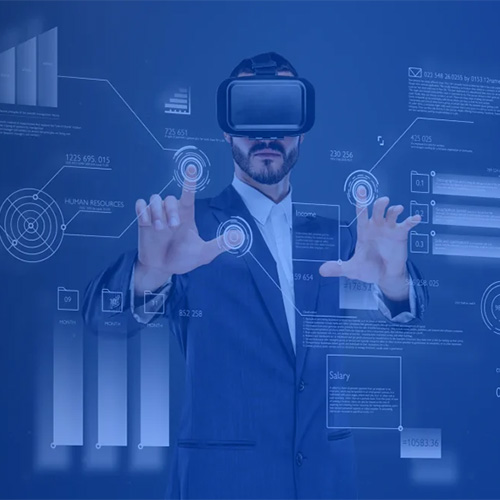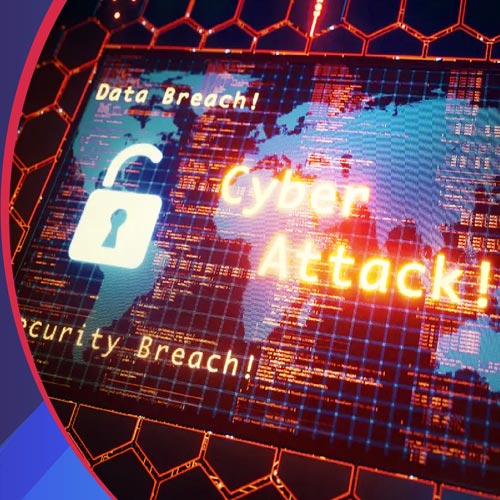
Technology has become a vital organ to run a business. The impact of cyber adversaries has grown beyond proportion and ensuring continuous protection has become a daunting task. Hackers are quickly evolving and following sophisticated trends to become more prolific. Cyberattacks are worsening and speaking in volumes. To stay ahead of these threats, businesses need to invest in SOC services.
Today’s information and technology infrastructure is ridden with complexity, and organizations are mostly unable to monitor threats, prevent attacks, or scale and change as threats are growing in intensity with little or no prior intimation. Therefore, without the right technology, people, and threat intelligence, it is seemingly impossible to cope. Besides, traditional SOC faces a delay in incident reaction time, which allows attackers to dwell for a longer period thus becoming successful in attacks. There is a growing problem of rising cyberthreats and the increased number of security incidents has been to hire more people in the SOC and ingest more threat intelligence feeds.
This approach actually slows down the response to new threats and has become significantly less effective in today’s growing threat landscape. Security operations centres streamline the security incident handling process, and are used to triage and resolve security incidents efficiently and effectively. The concept of the SOC was invented to enable ease of collaboration among security personnel in a time when cyberattacks were primarily manual in nature. Nowadays, machine-based, automated cyberattacks are the norm and are challenging the SOC models that worked years ago.
All SOCs are tasked to identify, investigate and mitigate threats within an organization. A next-generation SOC is where information systems in the data centre, endpoint and cloud are monitored, assessed and defended against cyberattacks following a methodology that utilizes security enforcement points and threat research tools that integrate natively, rather than relying on security point products that do not natively interoperate.
Today, we are in a connected world where many things are going on, with multiple social media platforms and the internet-connected systems. Cybercriminals are always finding a way to impersonate any brand or company to lure users/customers in their tactics to gain financial or information-related benefits. Platforms like brand monitoring help identify such impersonators and take proactive actions before they cause any harm using your brand value. Similarly, the Dark web is mostly used by cybercriminals to exchange information and exploits which can result in future threats for any specific brand or industry, or software, having a tap on it is strategically necessary to ensure you are one step ahead in planning your protection against such potential threats.
With the advancement of digitization and disruptive technologies such as IoT, 4G/5G networks the attack surface has grown exponentially, the next-gen attacks are more targeted, dynamic, and polymorphic in nature making them hard or impossible for detection and response considering the requirement of volume and variety of data that needs to be acquired and evaluated to identify and act on sophisticated type of cyber-attacks. Also, the attackers are becoming sharper and smarter. They use cutting-edge technologies to penetrate into the networks unannounced, exploiting not only technology loopholes but also process flaws to steal information.
With the implementation of 4G and 5G-based internet the speed and scalability of the internet for end-users have tremendously increased and generating a large-scale DoS attack is now very easily feasible for any novice cyber attacker. Having technology in place is a necessity in today’s world. Hence, there is need for Threat Intel Feeds and Threat Intel Platform: One of the keys enabled for Next-Gen SOC is having a good Threat intel feeds and platform, it acts as a key input provider to NextGen SOC on ongoing and newly identified threats and assesses their enablement and ability to protect from such attack vectors. The technology was identified and implemented to cover all aspects of information systems from people to processes to technology.
See What’s Next in Tech With the Fast Forward Newsletter
Tweets From @varindiamag
Nothing to see here - yet
When they Tweet, their Tweets will show up here.





